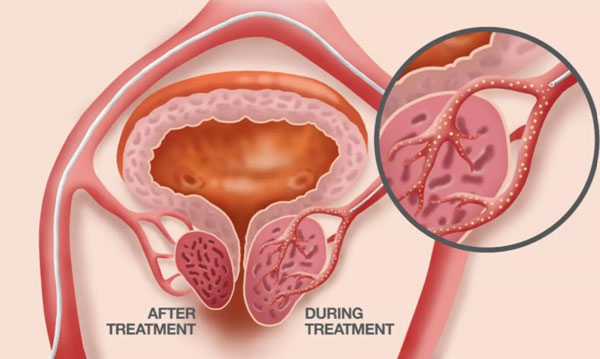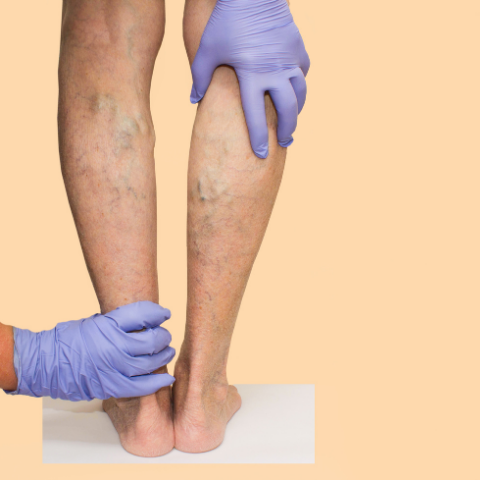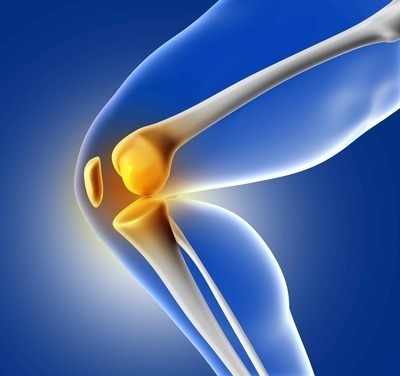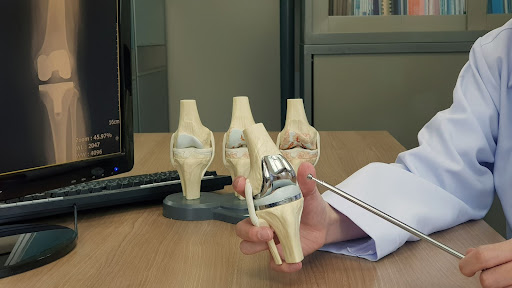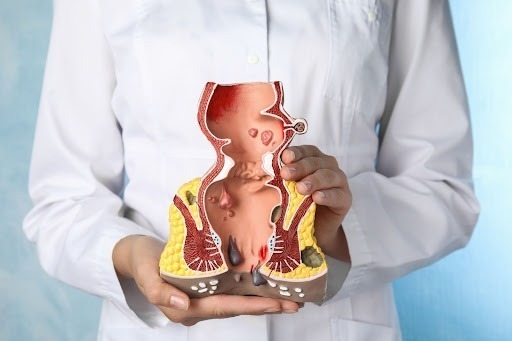ASK A DOCTOR / Conditions & Diseases / Cure / LASER / Varicose Veins / Vascular
Superficial thrombophlebitis can pose grave health risks
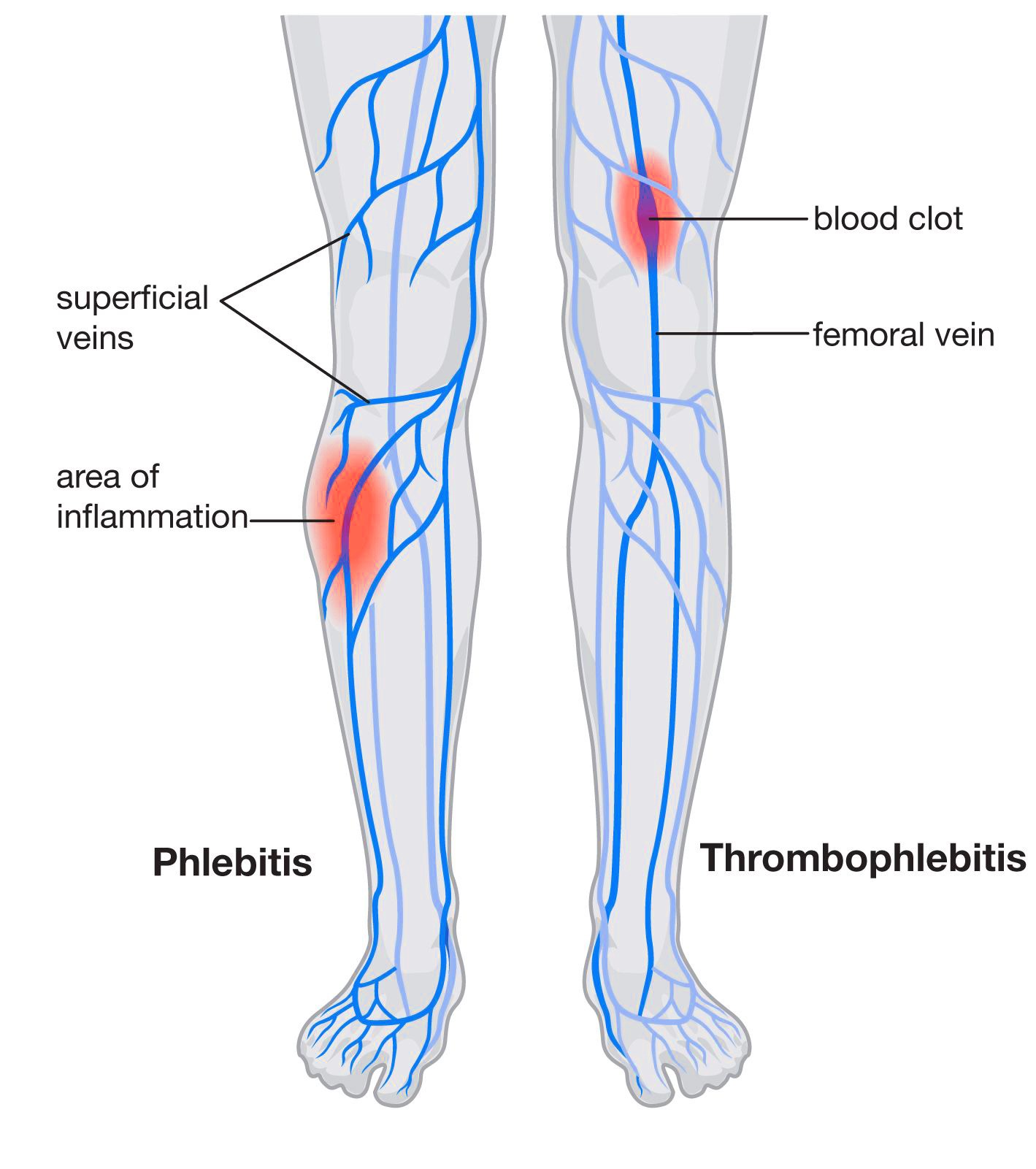
by admin
22nd March 2021
3 minutes read
Superficial thrombophlebitis is an inflammatory-thrombotic condition. Here, a thrombus forms in a vein near the skin’s surface. DVT can be asymptomatic and without phlebitis. In contrast to deep venous thrombosis (DVT), most superficial veins that develop thrombosis also develop phlebitis.
Although this condition most commonly affects the lower extremities, penis and breast (Mondor disease) have also had it, as per reports. When one uses intravenous (IV) catheters, superficial thrombophlebitis can develop anywhere there are medical interventions. It can be anywhere as in the arm or neck (external jugular vein).
More About Superficial Thrombophlebitis
Medical and surgical textbooks pay little attention to thrombosis and thrombophlebitis of the superficial venous system. Thrombophlebitis, on the other hand, is a common occurrence. And although it is usually a benign, self-limiting condition, it can be recurrent and tenaciously persistent. This way it can end up resulting in severe incapacitation.
Thrombophlebitis can spread to the deep venous system when it affects the great saphenous vein (GSV; also known as the higher or long saphenous vein). Chronic deep venous insufficiency (also known as postphlebitic syndrome) results from damage to the deep venous valves, as well as frequent pulmonary embolism (PE) and an increased risk of death.
Causes and Sites of Development
This health condition can develop spontaneously, particularly in the GSV’s lower extremities. It can also form as a result of medical or surgical interventions. Although the cause is often unknown, superficial venous thrombosis has a link with one of the Virchow triad’s components. These components can be such as intimal damage, stasis or turbulent flow, or changes in blood constituents.
Each type of superficial thrombophlebitis causes redness and tenderness along the vein’s course, which is also accompanied by swelling. At the site of a varicose vein, bleeding may also occur.
In the small saphenous vein (SSV; also known as the lesser saphenous vein), which empties into the popliteal vein, superficial thrombophlebitis can occur.
If the external jugular vein has been used as an infusion site, it may develop. Infusion sites or trauma sites are the most common sites for superficial thrombophlebitis of the upper extremities.
Treatment and Diagnosis
A clinical diagnosis of this condition is when the clinician notices tender and inflamed superficial veins. However, excluding DVT in a clinical setting is difficult; additional testing is often needed to diagnose this condition.
The goal of treatment for superficial thrombophlebitis is to make the patient as comfortable as possible while also preventing the disease from spreading to the deep veins.
Septic thrombophlebitis is a clinical entity characterised by superficial phlebitis with infection, such as phlebitis originating at an IV catheter site. It requires diagnostic and therapeutic approaches that are distinct from sterile phlebitis.
To know more about the condition, you can consult Medfin experts by calling 070262 00200.
CATEGORIES
- ACL Reconstruction
- Anal Fissures
- Anal Fistula
- Appendicitis
- ASK A DOCTOR
- Benign Prostatic Hyperplasia
- Breast Lump Excision
- Cataract
- Circumcision
- Conditions & Diseases
- Cosmetology
- Covid-19
- Cure
- Endocrinology
- ENGLISH VIDEOS
- Eye Care
- Gallstones
- General Surgeries
- Government Schemes
- Gynaecology
- Gynecomastia
- Health
- Health Insurance
- Hernia
- Hindi
- Hip Arthoscopy
- Hip Replacement
- Hip Replacement Surgery
- Hydrocele
- Kannada
- Kidney Stones
- Knee Arthroscopic
- Laparoscopic
- LASER
- Latest Treatments
- Lifestyle
- Liposuction
- Medfin Stories
- Medicine
- Nephrology
- Ophthalmology
- Orthopaedic
- Paraphimosis
- Patient Testimonials
- PCL Reconstruction
- Phimosis
- Piles (Hemorrhoids)
- Pilonidal Sinus
- Proctology
- Prostate Artery Embolization
- Rhinoplasty
- Second Opinion
- Total Knee Replacement
- Urology
- Uterine Artery Embolization
- Uterine Fibroids
- Varicocele
- Varicose Veins
- Vascular
- VIDEOS
